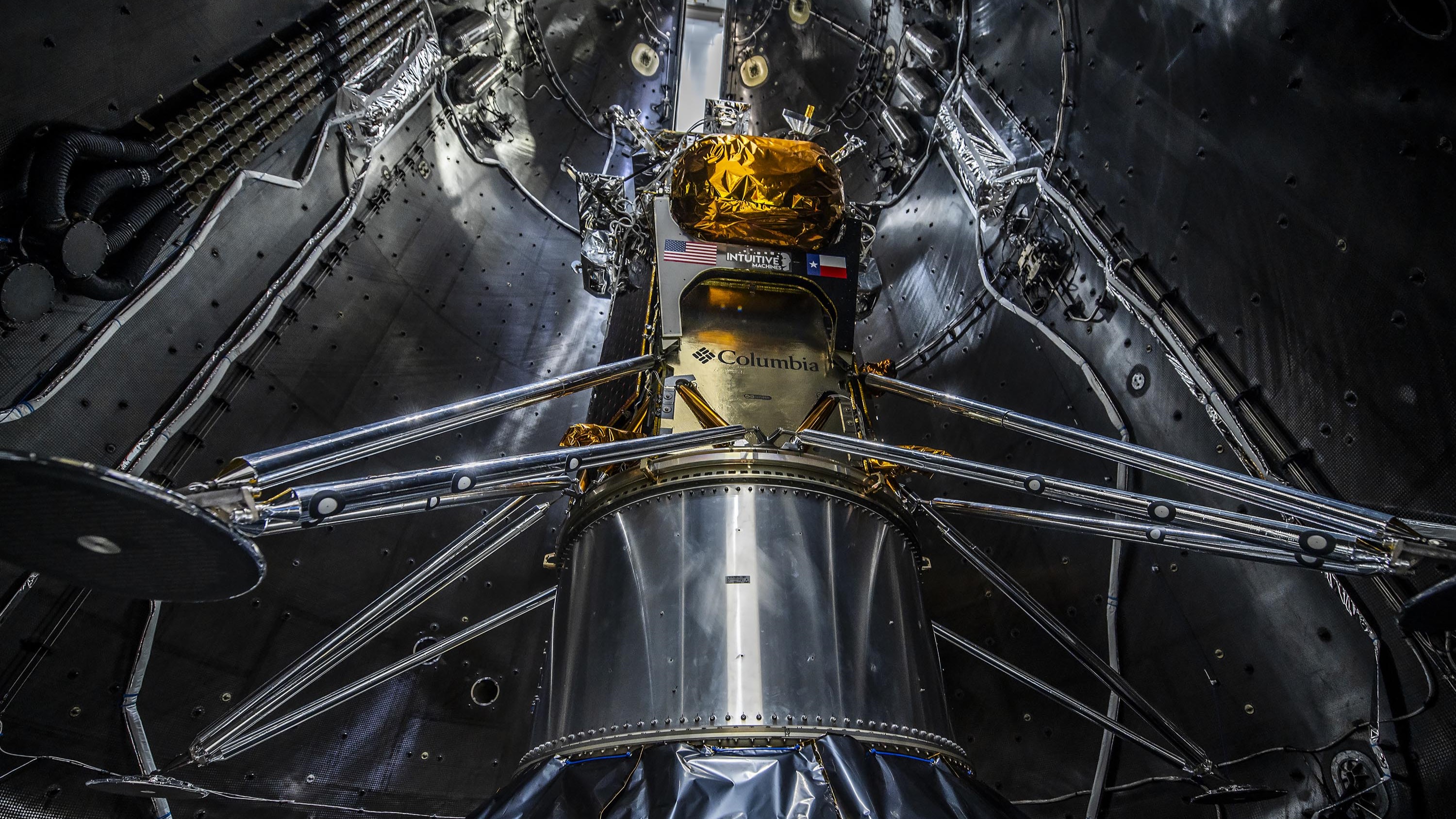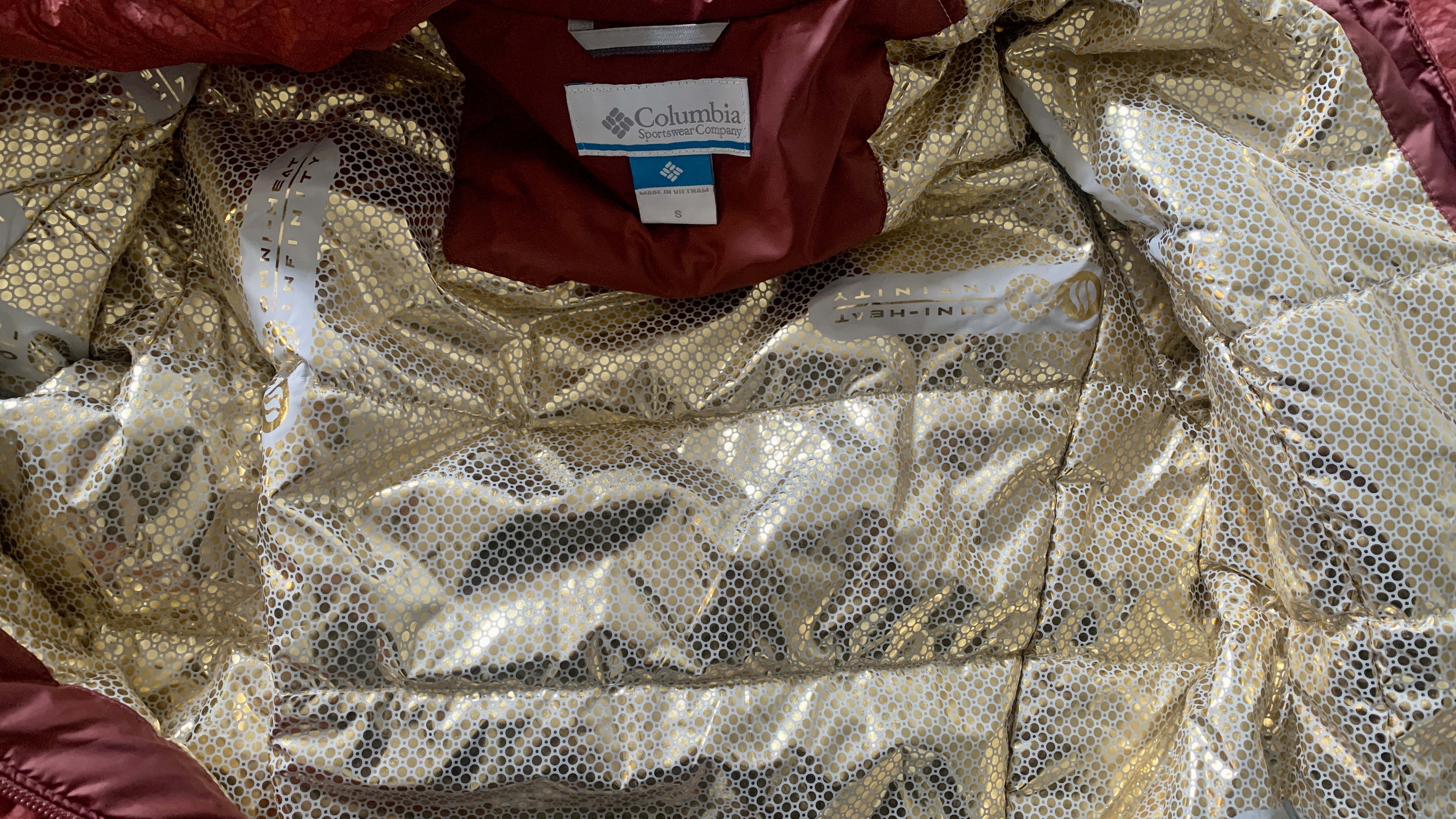
The lunar lander scheduled to go to the moon this week will be protected from the sun's heat by a fabric used in Columbia Sportswear's outdoor gear.
Omni Heat Infinity, the gold foil material in some of Columbia's best puffer jackets, winter hiking boots and ski jackets, uses the same technology found in emergency blankets to reflect your own body heat back to you.
It's typically used when you're facing the harshest conditions on the mountain, but this mission will mean it is used to insulate a spacecraft against the harsh temperatures of space, which can vary between -156°C and 120°C.
According to an official press release, the propriety heat-reflective technology developed for hikers is set to go to space on Wednesday, with the upcoming launch of Intuitive Machines’ Nova-C lunar lander, named Odysseus, which according to Space will be the first-ever private spacecraft to land on the moon. The mission is part of a broader goal to return humans to the moon, something that hasn't occurred since 1972.

“As an apparel company developing outdoor products for all seasons and all activities, it’s imperative that we test our technologies in the most extreme conditions and find ways to innovate beyond our customers’ current needs,” says Dr Haskell Beckham, Vice President of Innovation at Columbia Sportswear.
“Taking key learnings from this partnership, we’ll be able to create new products that will help people enjoy more of the outdoors – regardless of conditions – and ultimately unlock the outdoors for everyone here on Earth.”
The job of the lunar lander is to use small NASA cameras to explore how the shuttle will affect the moon's surface. These findings will help scientists better understand and predict the effects of landings on the lunar surface as part of NASA's Artemis program, which aims to establish a long term lunar presence.
In order to be successful, the lander will need to be protected from the sun's rays using the same fabric found in the lining of the Columbia Infinity Summit Double Wall Down Hooded Jacket, which we tested on a hut hiking trip to the Alps last year. It definitely kept us insulated during cold Alpine nights, but only time will tell whether it can stand up to the demands of the sun.
The liftoff of the IM-1 lunar mission is targeted for Wednesday, February 14 at 12:57am EST / 6:57am CET / 11:57am GMT. The mission will be streamed live on NASA TV and https://www.intuitivemachines.com/im-1.







